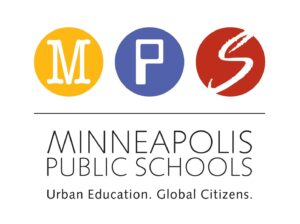BY JOE NATHAN
South High School and charter public school students (like at Minnesota Transitions) can earn free college credits while still in high school. It represents a significant growing trend in Minnesota. Just-released research from the Minnesota-based Center for Policy Design shows they’re among the more than 25% of Minnesota students who, with their families, have selected more personalized, individualized approaches to education.
Minnesota offers high school students many opportunities to save literally $5,000 to $20,000 or more via dual courses. Students can earn free high school and college credit in these courses. This can be done via classes offered by high school faculty or by college faculty either online or on a college campus. Depending on their skill level, students can start taking some of these courses in the ninth grade via Advanced Placement. Students generally register for these courses between January and March for the following fall.
Unfortunately, many families don’t receive accurate, up-to-date information about these programs. Here are a few examples and things to know:
• Students earn high school and college credit via Concurrent/Enrollment/College in the Schools courses based on their work during the entire semester or year.
• Students earn high school credit via Advanced Placement or International Baccalaureate courses, based on their work throughout the class. However, college credit for most of these courses depends entirely on how well students do on the final exam.
• 10th- to 12th-graders can earn free high school and college credit via PSEO courses. They can be taken on college campuses or via computer. State law requires public high schools to allow students to use the school’s WiFi and computers in the building to take PSEO courses online.
• CLEP exams (College-Level Examination Program) allow students with strong skills in a subject, such as Spanish, history or math, to earn free college credit just by doing well on a test.
• Students should check the Minnesota Office of Higher Education to see what grade or score they must earn to earn college credit.
Considerable research and students’ experience (available on the Center for School Change website) show that dual credit programs are especially valuable for students from low-income families.
Personalized options are designed to help young people develop their individual interests, gifts and talents. More information about Minnesota’s progress toward individualized education is available on the Center for Policy Design website. (https://www.centerforpolicy.org/papers#PersonalizingSchooling)
Minnesota has developed numerous opportunities for personalized learning over the last 30-plus years. These opportunities are found within school districts as well as chartered, private, home and online schools. Their availability gives opportunities for thousands of students to learn to their potential while also being a resource for traditional learning. Expansion of personalized learning will benefit our increasingly diverse student population while also improving traditional learning for all. School leaders and policy makers should make its growth a priority. It’s vital that students and families know about the options that have been developed.
Joe Nathan, Ph.D., has been an urban Minnesota public school aide, teacher, administrator and PTA president. He directs the Center for School Change. Reactions/questions welcome to joe@centerforschoolchange.org.






















